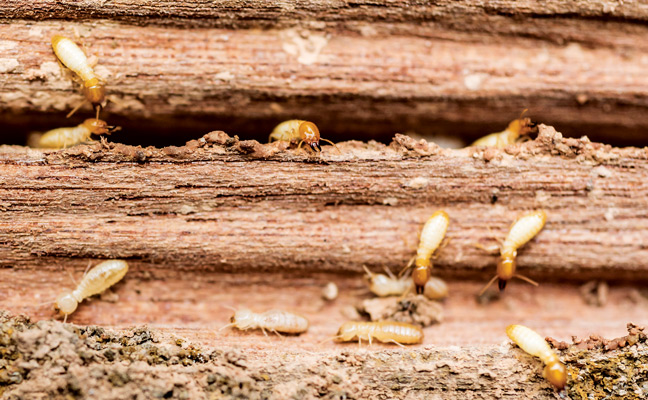
PHOTO: ISTOCK.COM/VIIWEE
In July 2019, the National Pest Management Association (NPMA) released the revised NPMA 33 Wood Destroying Insect (WDI) Inspection Report following nearly two years of revision and review by the NPMA Wood Destroying Organisms (WDO) committee.
One notable update included in the revised form is the removal of the requirement to report “visible evidence of possible previous treatment.” As a result, the most common question that NPMA staff receives about this change is “Why was this section removed?”
Termite treatment methods have evolved dramatically in the past 20 years. Today’s termite control methods are less intrusive than the methods employed in the past, leaving fewer opportunities for inspectors to find evidence that treatment was performed. For instance, termite bait stations can be installed and removed — controlling the infestation, but leaving no trace behind. Exterior perimeter/localized interior (EP/LI) treatments allowed by some termiticide labels may make it troublesome to identify whether a product has been applied. And the newest treatment technologies require little to no drilling, which eliminates the primary “evidence” visible to WDO inspectors: patched drill holes in concrete.
While including information about possible evidence of previous treatments may be helpful in certain situations — to help determine whether a new treatment and/or corrective action is warranted — it’s no longer required. More important is determining whether the structure is protected by an ongoing termite management program administered by a licensed pest management firm.
Removing the checkboxes for possible previous treatment doesn’t mean that inspectors are prohibited from reporting this kind of evidence, of course. Rather, it allows the inspector additional flexibility to include the information in the “Additional Comments” section, without requiring the inspector to find evidence of previous treatment. This frees the inspector to focus on finding evidence of infestation instead.
Leave A Comment